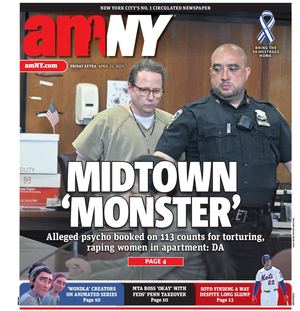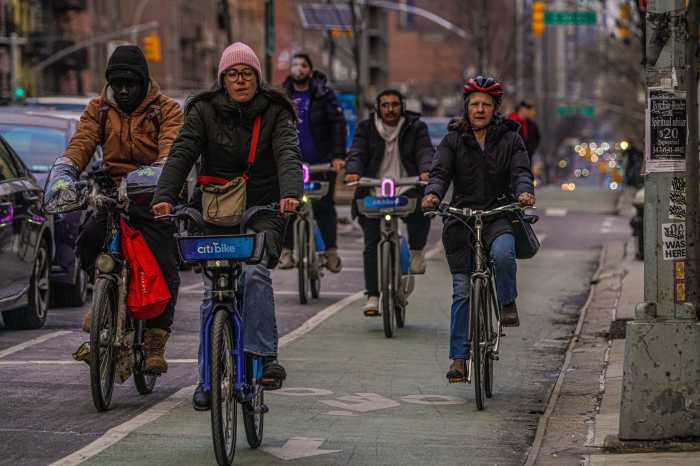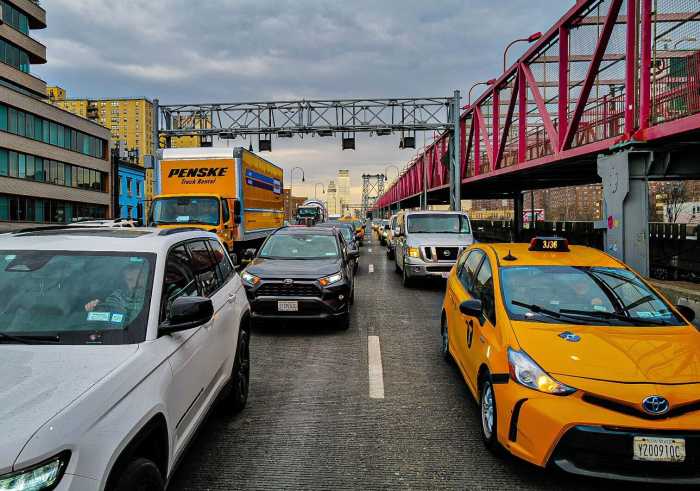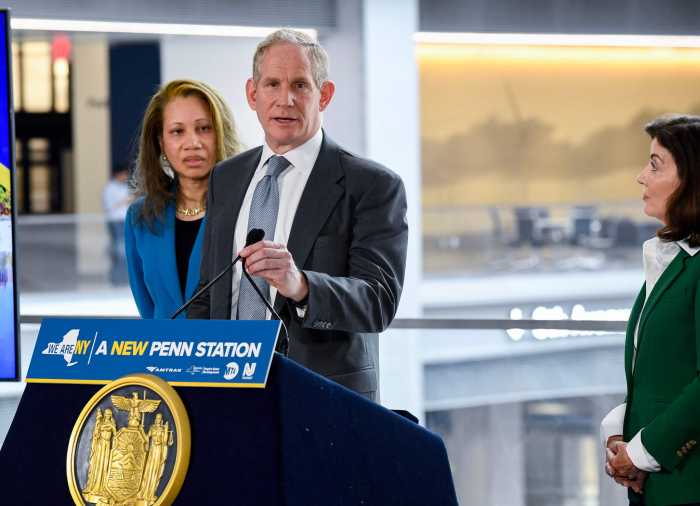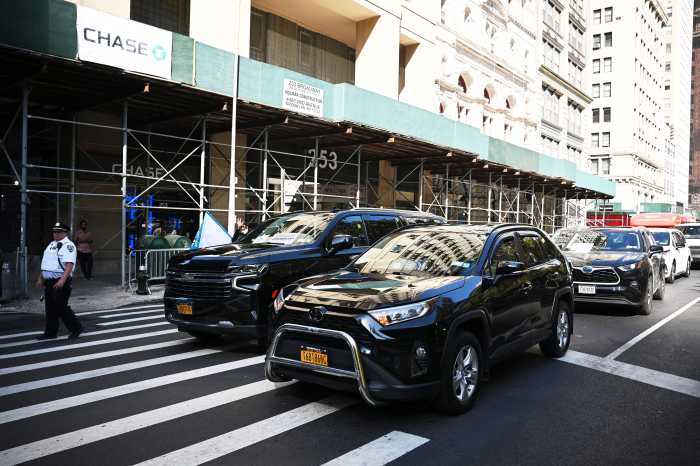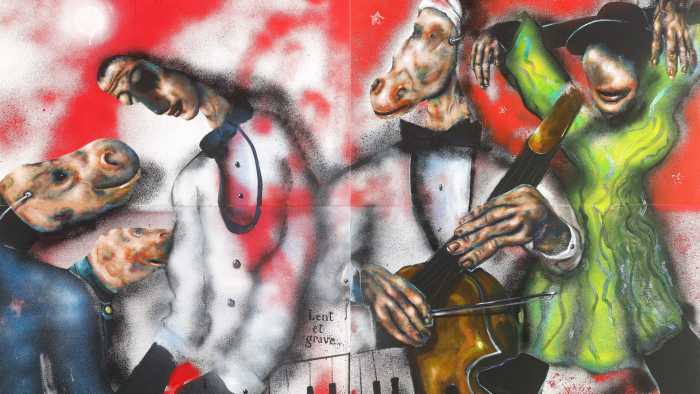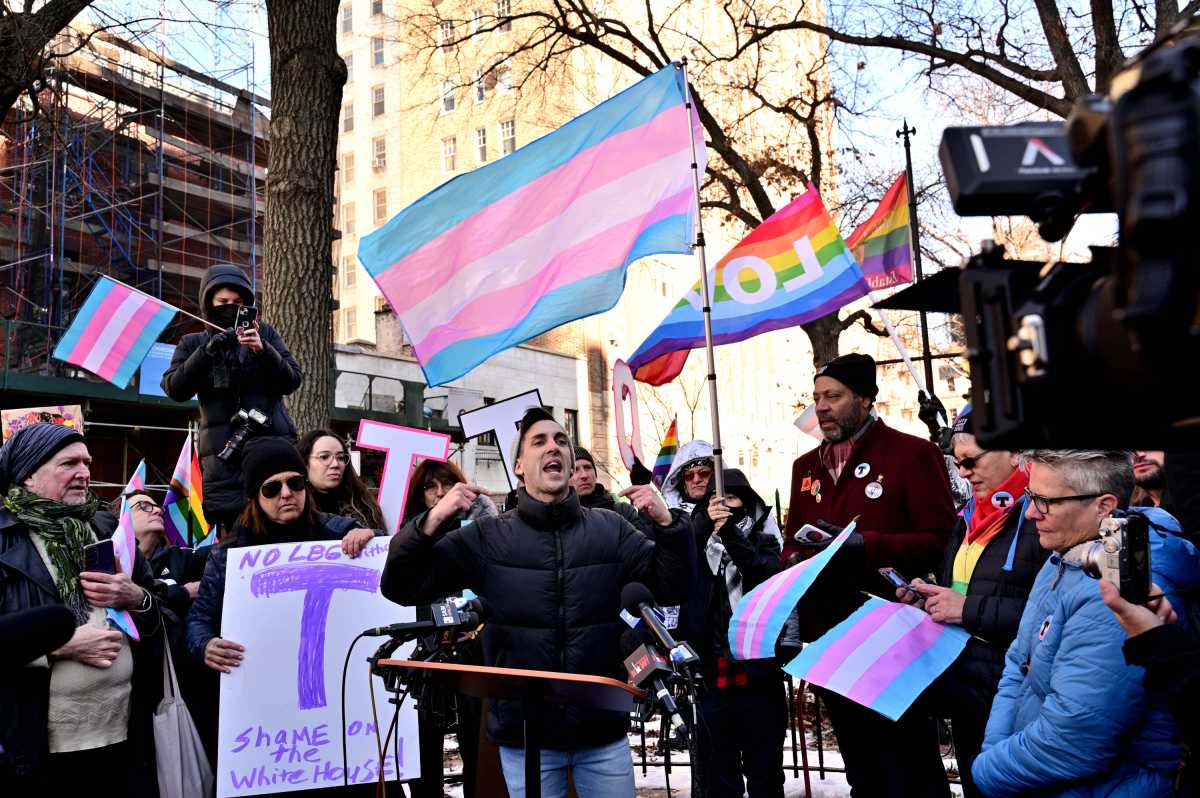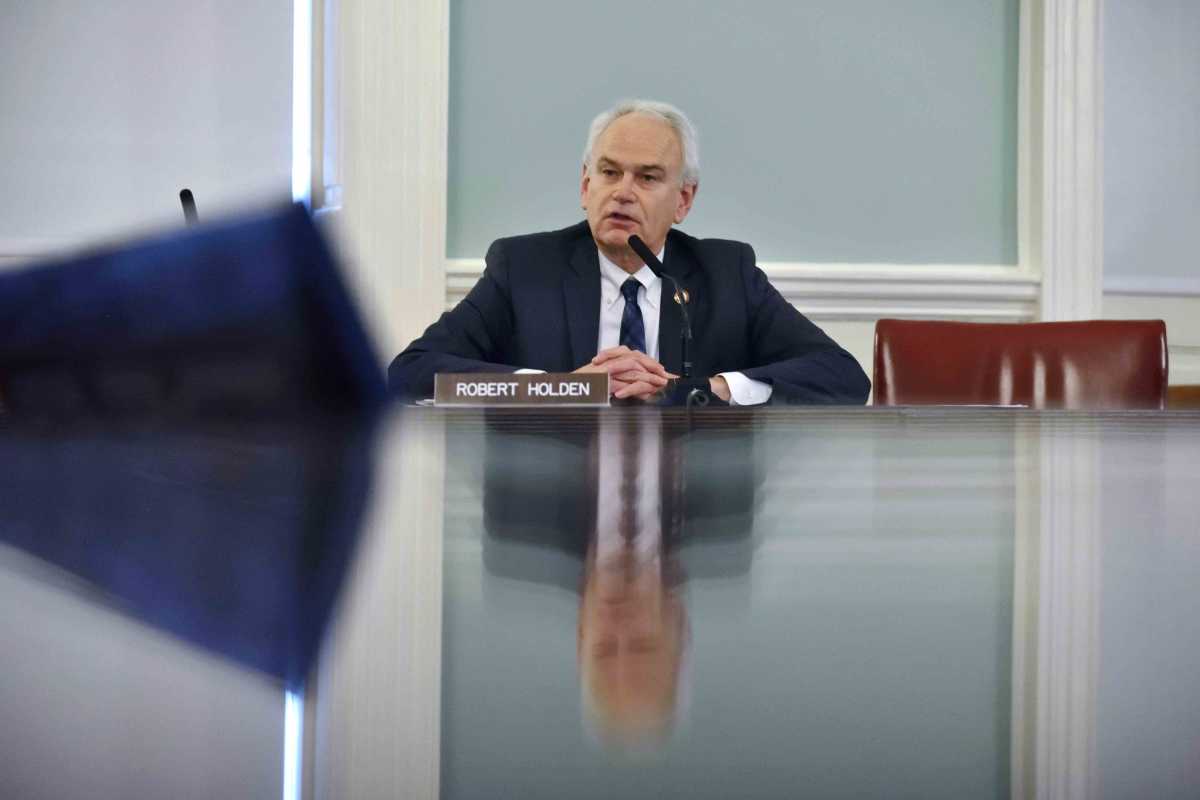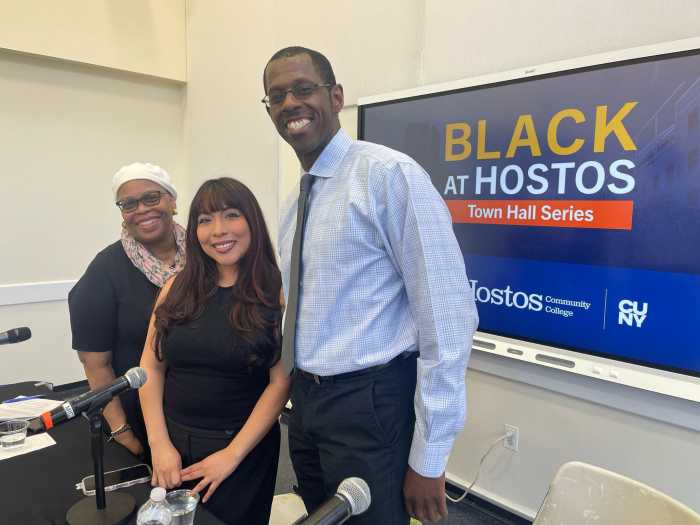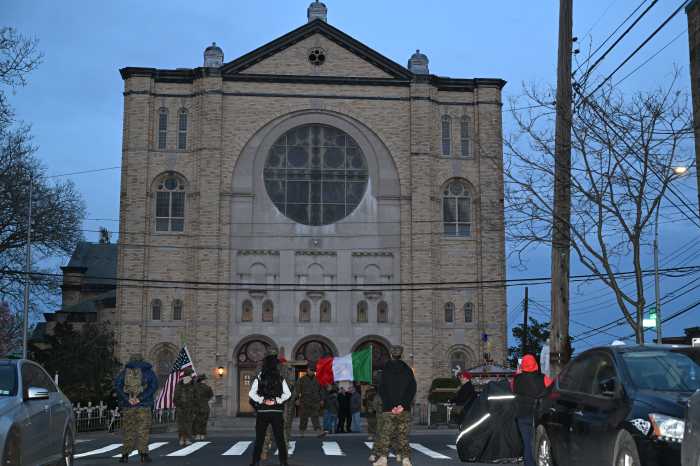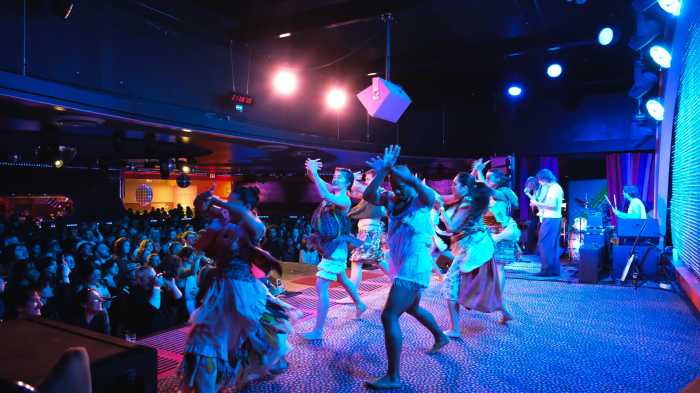What does the MTA do now without congestion pricing?
The authority had counted on the Manhattan tolling program, which was to take effect on June 30, to provide a billion dollars a year in new revenue to fund $15 billion in anticipated transit improvements. There was “no Plan B,” as MTA Chair Janno Lieber previously said in response to congestion pricing and legal challenges it faced.
But when Gov. Kathy Hochul unexpectedly put congestion pricing “on pause” indefinitely Wednesday, the MTA suddenly found all of those improvements — from basic subway infrastructure upgrades to major projects like the Second Avenue Subway extension — thrown into doubt.
Hochul tried to rally state lawmakers to find a new revenue stream for the MTA without congestion pricing in the waning hours of this year’s Legislative session, to no avail; the Assembly and state Senate wrapped up proceedings just after 7 a.m. Saturday morning without a funding alternative for the MTA.
So the authority that oversees New York City’s subways and buses now has to figure out where it goes from here.
Time to reassess
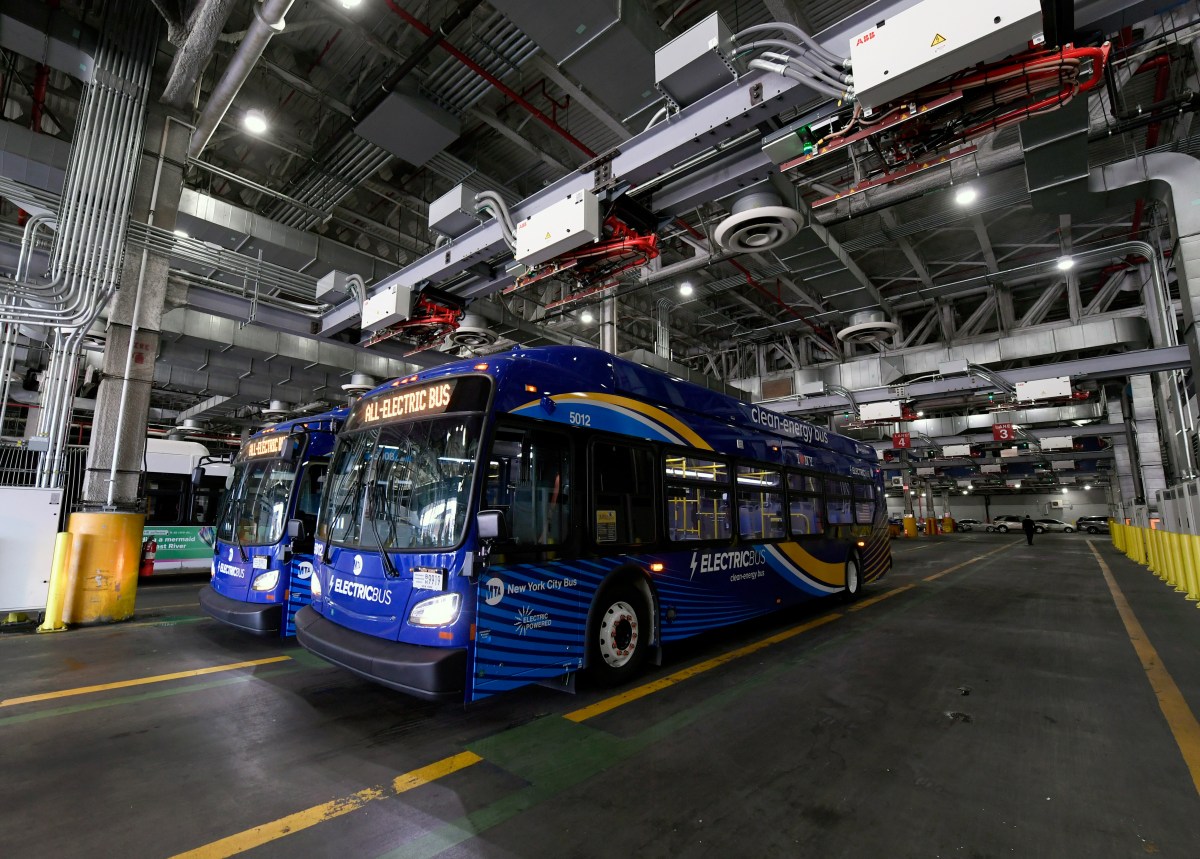
In a statement issued Friday night — its first public missive since Hochul kiboshed congestion pricing on June 5 — MTA Chief Financial Officer Kevin Willens and General Counsel Paige Graves said that everything in its 2020-24 Capital Program, which was to be funded through congestion pricing, will now need to be completely reorganized “to prioritize the most basic and urgent needs.”
“This week’s announcement regarding the future of congestion pricing has serious implications for the MTA’s 2020-2024 Capital Program, and likely other aspects of the agency’s financial conditions,” Willens and Graves said in the joint statement. “As such, the MTA Board will be evaluating what changes need to be made to the Capital Program in the lead-up to this month’s Board meeting. Modernization and improvement projects like electric buses, accessible (ADA) stations and new signals will likely need to be prioritized to protect and preserve the basic operation and functionality of this 100+ year-old system.”
After Hochul pulled the plug on congestion pricing, some observers speculated whether the MTA — effectively a fourth branch of government in New York state — had the authority to overrule the governor and turn the system on anyway. Under the congestion pricing law passed by the state Legislature and signed by then-Gov. Andrew Cuomo in 2019, the MTA is obligated “to implement a congestion pricing program,” as Willens and Graves pointed out.
However, they also noted that Hochul’s announced pause of congestion pricing meant that the MTA no longer had the state’s consent to move forward, and thereby could not unilaterally act to activate the tolling program — for which the MTA had spent $500 million in installing the technology that would be used to operate it.
“New York State law places an obligation on MTA to implement a congestion pricing program, and the agency stands ready to do so,” Willens and Graves said. “But under applicable federal law and regulation, the MTA cannot act until the Central Business District Tolling Program is approved by New York State, New York City and the federal government – and with the announcement of the pause, we no longer have the State’s consent.”
‘A real hardship’
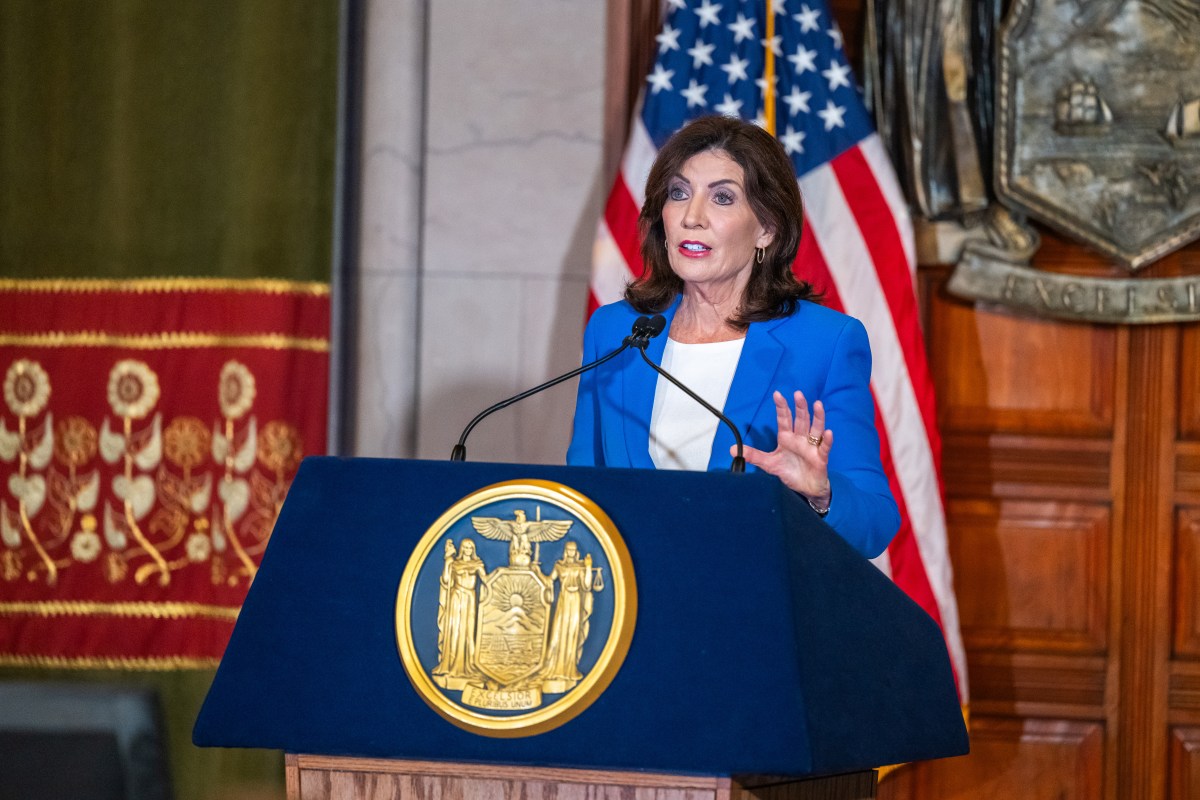
On Friday night, Hochul stood by her decision to put congestion pricing on ice, claiming that she heard from “more and more anxious New Yorkers that this would be a real hardship for them.”
“As I said in my remarks two days ago, New Yorkers tell me they’re just not ready right now for congestion pricing,” Hochul said. “Working- and middle-class families who can’t afford an additional $15 a day toll when they’re simply trying to go to their jobs. I’m talking about teachers and first responders, our firefighters, police, the small business owners, the bodega shops, the theater workers, the laborers and the small business owners who are desperately afraid they’ll either lose their customers who may come in from places like New Jersey and outside Manhattan, who are also worried about the cost being having to be pushed out of their own customers when the cost goes up from their deliveries.”
Hochul said she and legislative leaders “have a shared interest and responsibility to ensure that the MTA and its capital program is fully funded.”
But with the legislative session now ended for 2024 without a deal for the MTA, it is unclear how or if state lawmakers will find a funding solution without congestion pricing this year.
Meanwhile, the MTA Board will likely present a reconfigured capital program during its next Board meeting, on June 26.
